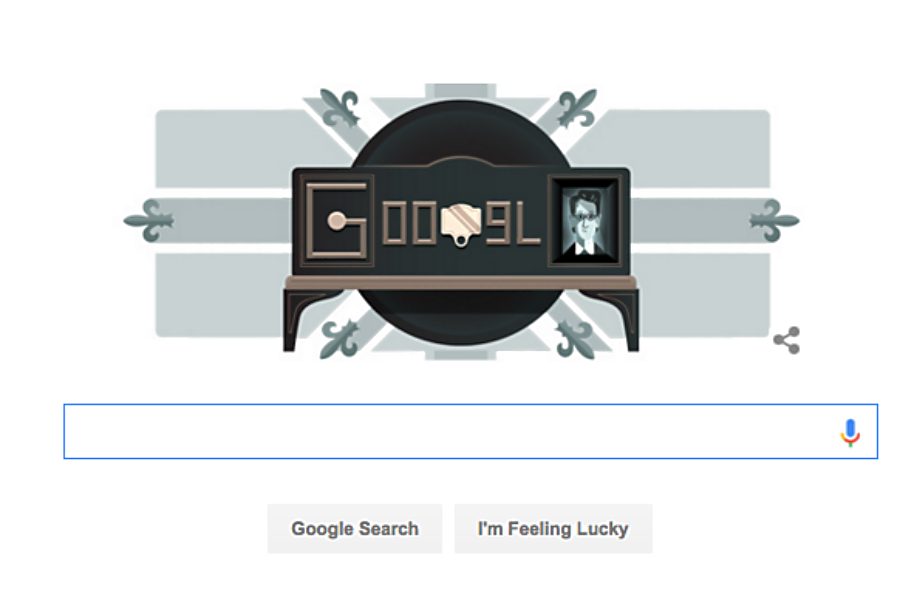Who invented the mechanical television? A Scotsman
Loading...
Shortly after the invention of the telephone, science fiction fans dreamed up the concept of moving images on a screen in 1878.
Decades later, inventor John Logie Baird demonstrated his television, and the public wondered if his invention was fiction. Ninety years later, his achievement is being commemorated upon screens of a different sort: he is the subject of a Google Doodle, celebrating the anniversary of those first blurry pictures.
An old hat box, a couple of darning needles, and some glue were the essential elements of Mr. Baird's first television, brought to life in 1924 with a blurry image transmitted ten feet across a room.
Two years later, he televised the first moving object image, and it is on that date, Jan. 26, 1926, that Baird is credited for the first successful television demonstration.
On that day, a Tuesday, members of the Royal Institution – a London-based organization that supports scientific research – and a journalist from the Times went to a laboratory in Soho, London. They were shown a "televisor", as Mr. Baird called it, reproduce the live images of a ventriloquist’s doll and the person's face manipulating the doll.
Th images were first transmitted to a receiver in the same room, and then on a portable receiver in another room, where the guests were shown recognizable moving images of the dummy head and of a person speaking. The images were blurry, but demonstrated Baird's claim that it is possible to instantly transmit and reproduce recognizable details of movement.
"I was definitely able to transmit the living image, and it was the first time it had been done. But how to convince the sceptical [sic], hide-bound, select and exclusive scientific world?" Mr. Baird asked, in an interview with the Times on the day of his historic demonstration. "Would they admit that a wretched nonentity working with soap boxes in a garret had done something which many of them had stated was not possible?"
The Scottish inventor was apparently right to be concerned about the burden of proof he shouldered with his new contraption.
The Times reporter present for the demonstration was skeptical, writing:
The image as transmitted was faint and often blurred, but substantiated a claim that through the ‘televisor,’ as Mr Baird has named his apparatus, it is possible to transmit and reproduce instantly the details of movement, and such things as the play of expression on the face...It has yet to be seen to what extent further developments will carry Mr Baird’s system towards practical use.
Baird was swift to put such skepticism to rest.
A year later, he followed up his achievement with a television transmission over 438 miles of telephone line between London and Glasgow. In the same year he started the Baird Television Development Company (BTDC), the first of its kind. In 1928, his company transmitted the first transatlantic broadcast between London and New York, and he demonstrated a color television.
From 1929 until 1936 the British Broadcasting Corporation (BBC) used Baird’s company for its television broadcasts.
Over the next decade Baird would face increasing competition. Baird's system worked through a mechanical scanning device such as a rotating disk or mirror which scanned a scene, other experimenters were going electronic, according to The Independent.
In 1936, the BBC switched to Marconi-EMI, a provider that was able to offer the more modern electronic system. By 1939, the mechanical television he invented was replaced completely by electronic TVs, which had less flickering and a clearer picture, The Telegraph reports.
Again, Baird stayed in the television industry. He ultimately gave the first demonstration of an electronic color TV in 1944.








